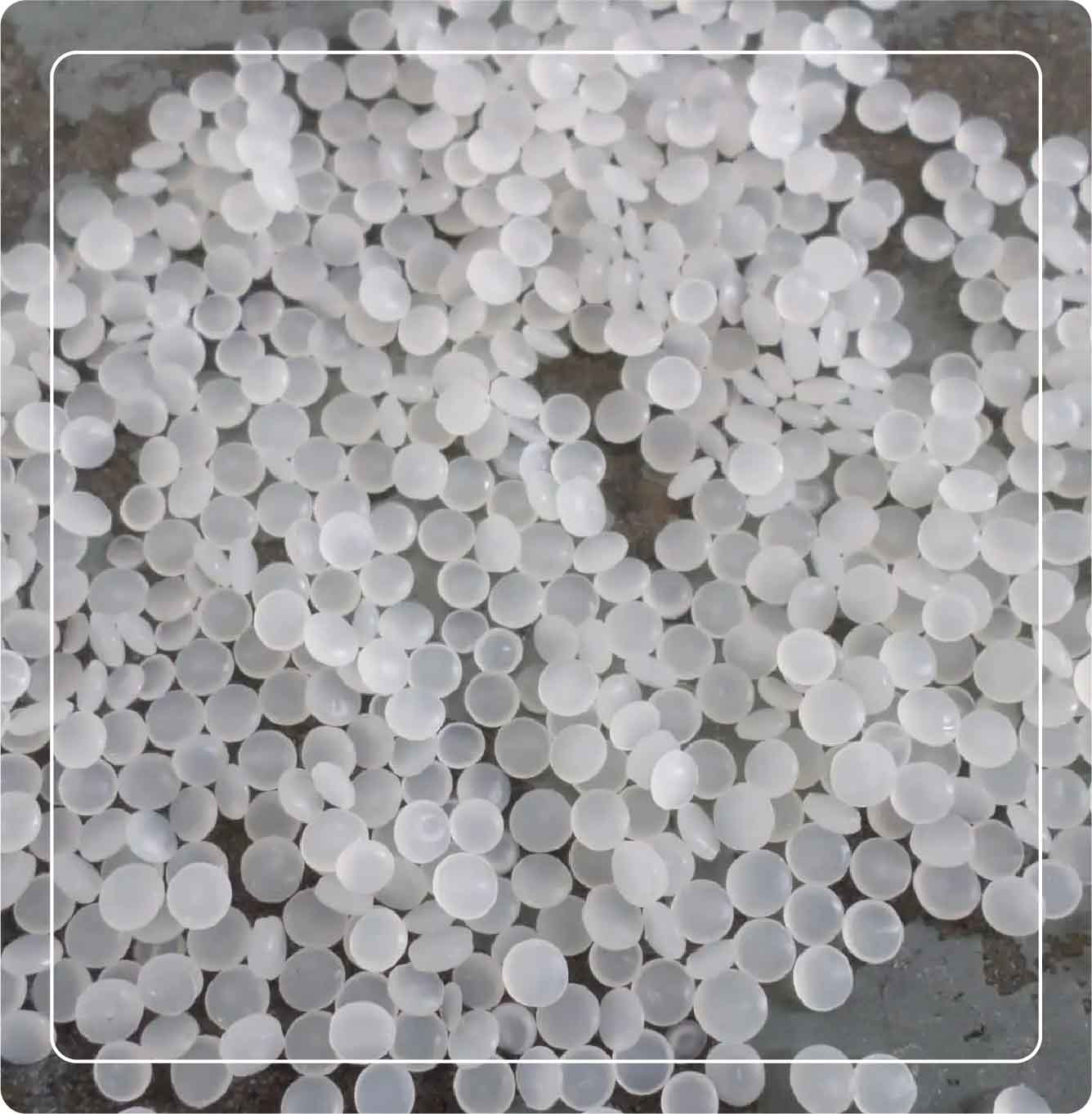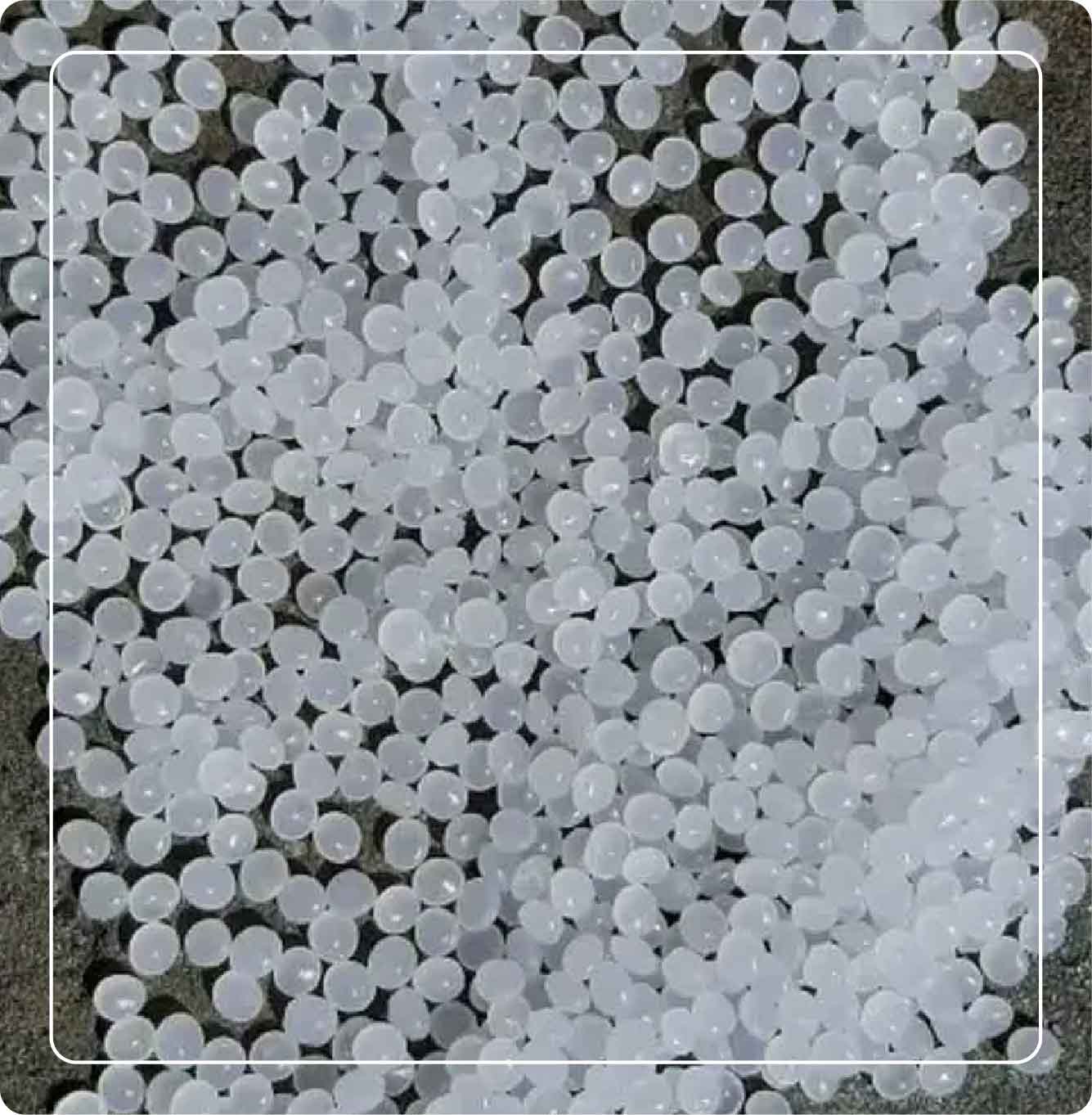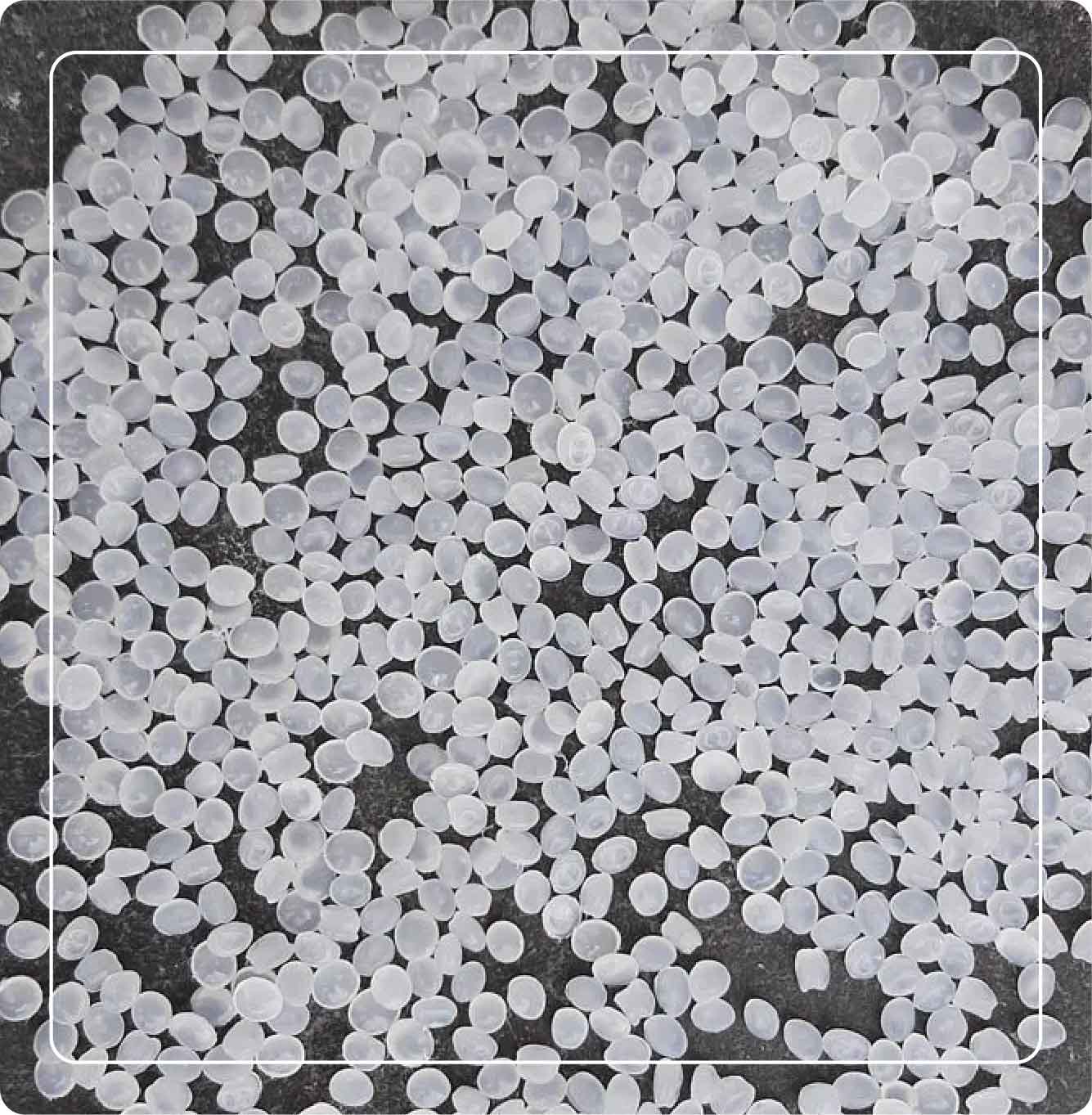No products in the cart.
LLDPE Film Processed Off Grade Granules
Material Name : LLDPE (Linear Low Density Polyethylene).
Material Details :
- Source : Petrochemical Industry
- Type : Off-Grade (Not Recycled and Never Used Before
- Best For : Film Applications
Packing : 800 kgs to 850 kgs Jumbo Bags
Physical Unit Min - Value Max - Value Melt Index g/10min 1.80 2.50 Density g/cm3 0.918 0.920 Moisture Shape Size Color < 0.01 % Granules 4 - 5 mm Near to Natural LLDPE Film Off Grade Granules
Material Name : LLDPE (Linear Low Density Polyethylene).
Material Details :
- Source : Petrochemical Industry
- Type : Off-Grade (Not Recycled and Never Used Before
- Best For : Film Applications (Heavy duty bags, lamination film, stretch film etc.)
Packing : 650 kgs to 800 kgs Jumbo Bags
Physical Test Unit Value Melt Index (190°C/2.16kg) ASTM D1238 g/10min 1.00 - 1.10 Density ASTM D1505 g/cm3 0.918 - 0.920 Tensile Strength at Break MD/TD ASTM D882 MPa 37/30 Tensile Elongation at Break MD/TD ASTM D882 % 750/850 Melting Temperature --- °C 120 - 122 Impact Strength ASTM D4272 kJ/m 21 - 22 Moisture Content Shape Size Color <0.01% Granules 4 - 5 mm Natural PE Film Mixed Off Grade Granules
Material Name : LLDPE & HDPE Mixed
Material Details :
- Source : Petrochemical Plant
- Type : Mixed Off Grade
- Best For : Blown Film Applications
Packing : 700-850 kg Jumbo Bags
Physical Unit Min - Value Max - Value Melt Index g/10min 1.00 1.50 Density g/cm3 0.920 0.950 Moisture Shape Size Color < 0.1 % Granules 4-5 mm Natural (98%)



